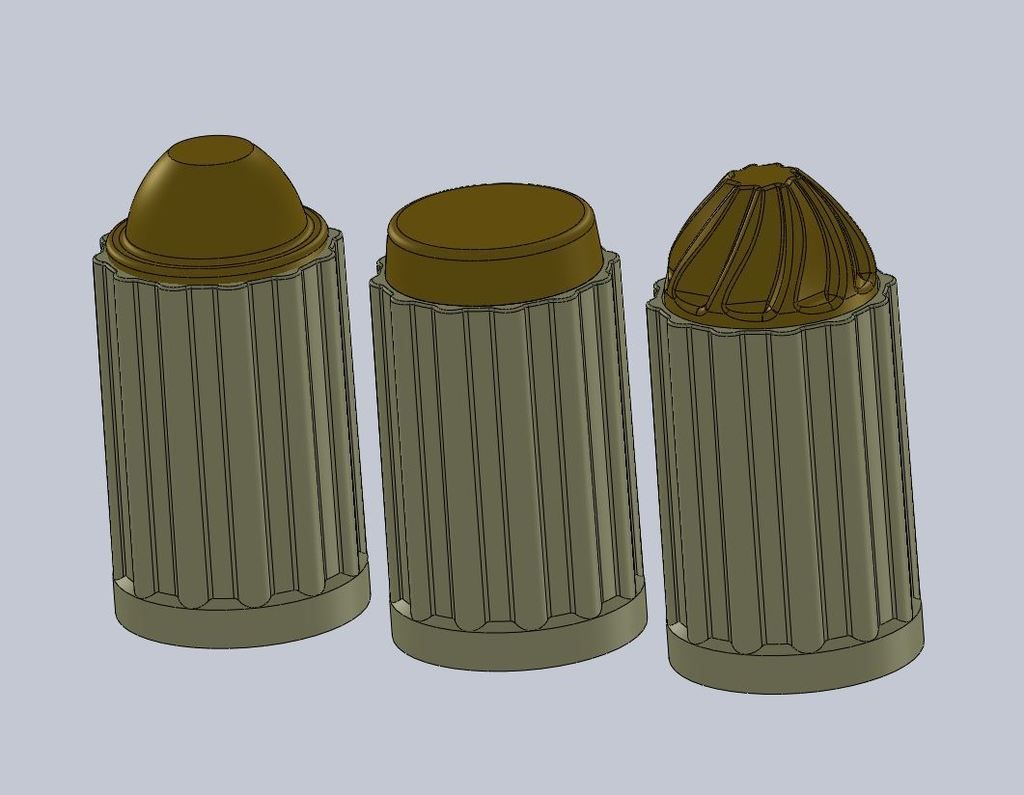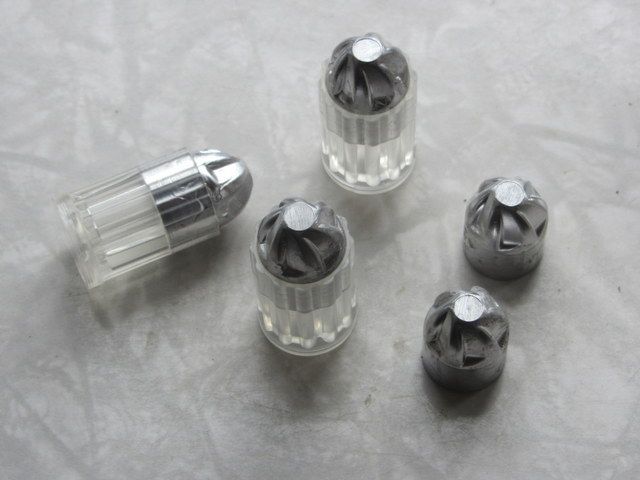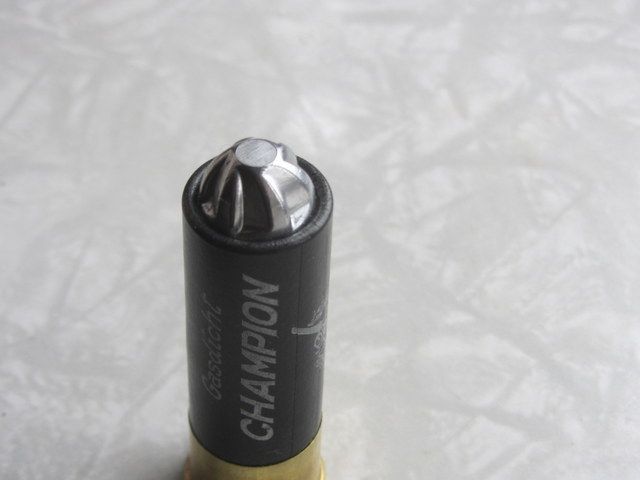Excellent! Beautiful job on the slug and wad and excellent results. You are the man Cap'n Morgan!
So the full bore Brenneke is a clear winner at this point?
Are you planning to do any more work with the slug in wad design (like in post #71)?
I gotta say that is truly a beautiful job you did with that slug and excellent results.
Good going!
Longbow

|
   
   
|


|





 Reply With Quote
Reply With Quote














